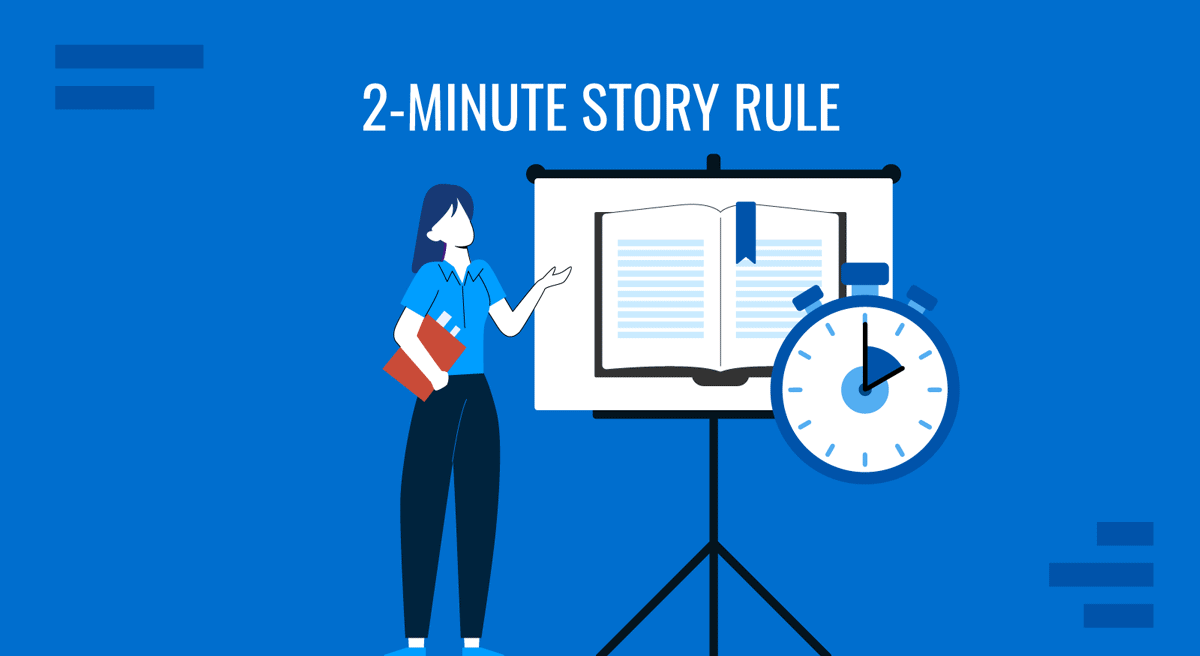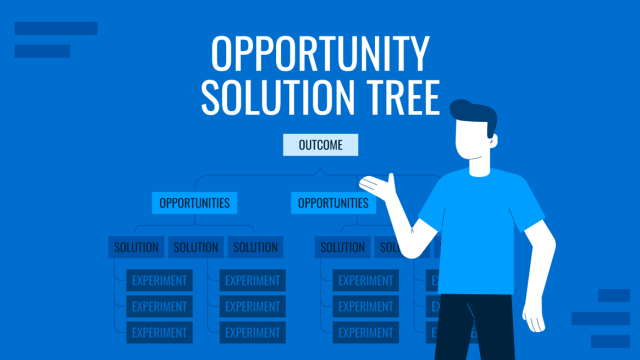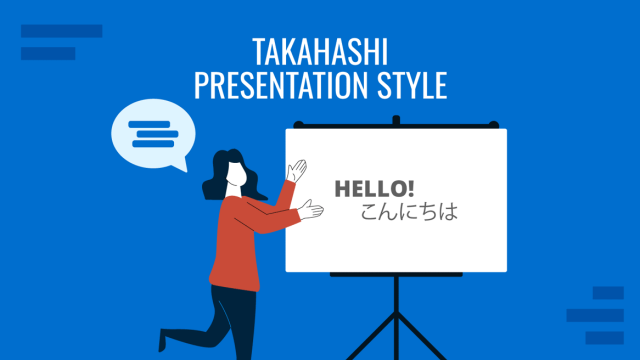
Public speaking isn’t just about data and slides; it’s about stories. A well-told story gives your audience a reason to care. But there’s a catch: the longer your story drags on, the more likely you are to lose their attention. That’s where the 2-Minute Story Rule comes in.
The rule is simple: keep every story under two minutes. This doesn’t mean stripping away meaning; it means shaping your story so it delivers maximum impact without overstaying its welcome. There’s no magic number in what refers to the attention span myth, but don’t press your luck, as attention is mostly task-dependent and aligned with the audience’s interest. Therefore, two minutes is the sweet spot: long enough to establish a setup, conflict, and resolution, short enough to keep momentum alive.
Why Short Stories Work Better
When you present, your audience processes the information in real-time. A story longer than two minutes risks becoming indulgent. Listeners may drift, waiting for the point to surface. In neurological terms, brevity aligns with the limits of working memory; people can only hold a certain number of details before their brain begins discarding information.
By capping stories at two minutes, you force clarity and concision. Every sentence earns its place. You still build connection and emotion, but you do so in a rhythm that matches modern attention spans. Think of it as story “compression”: you deliver the same impact in a sharper, tighter package.
Before and After: Editing a Story to Fit the Rule
Before (4 minutes):
“I once worked on a marketing campaign that started out with very little budget. We were trying to break into a new demographic, but our first few ads completely missed the mark… [continues with multiple subplots, extended background, tangents about colleagues].”
After (2 minutes):
“We launched a campaign with a limited budget. Our first ads failed. Instead of quitting, we tested three new headlines in small batches. One idea worked, and that single concept doubled our conversion rate in just two weeks. That was the moment I learned failure fuels innovation.”
The same lesson is shared, but the shorter version is sharper, faster, and more memorable. The 2-Minute Rule cuts the excess so your core message stands out.
How Presenters Can Apply the 2-Minute Rule
Every story in your presentation should:
- Introduce context within 20 seconds.
- Build tension or a challenge by the one-minute mark.
- Resolve with a clear takeaway before two minutes.
If you feel your story running long, ask yourself: “What’s the one moment I want them to remember?” Cut everything else. Practicing with a timer helps. So does structuring your stories visually with slides that map the beginning, middle, and end.
SlideModel Templates to Shape Your Story
Visuals can keep your 2-minute stories focused. Recommended templates include:
- Story Arc Templates: Show the setup, conflict, and resolution in a simple curve.
- Timeline Templates: Perfect for condensing longer narratives into clear phases.
- Journey Map Templates: Keep audiences engaged by mapping your story step by step.
Using templates reduces rambling because each slide becomes a “checkpoint,” preventing you from wandering off-course.
Final Words
The 2-Minute Story Rule isn’t about limiting creativity; it’s about taming it. By keeping stories under two minutes, you respect your audience’s time and attention, while avoiding dragging yourself into endless anecdotes.
Once you practice this rule, you’ll notice the difference: audiences stay with you, the energy of your presentation never dips, and your stories become powerful tools of persuasion instead of time-consuming detours.


